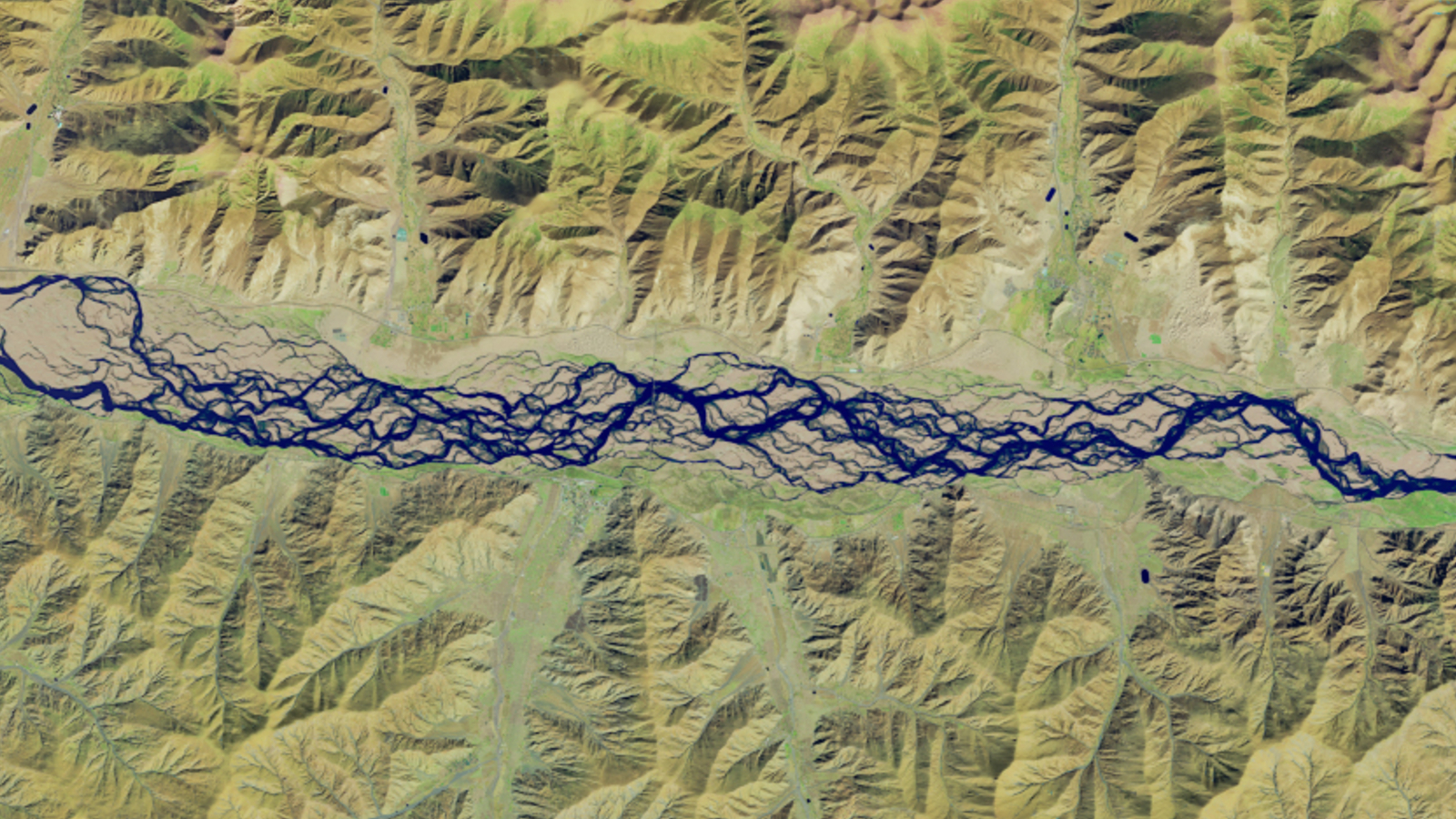
Ancient Earth Not as Hot as Previously Thought

Around 50 million years ago, Earth was in the firm grip of one of the hottest chapters in the planet's last 65 million years, yet new evidence indicates the climate may not have been quite as steamy as previously thought.
But it was still pretty darn hot.
New research suggests that during the Eocene, the formal title for the epoch studied, water temperatures in the subtropics hovered around 80 degrees Fahrenheit (27 degrees Celsius), slightly cooler than earlier studies predicted.
"There were crocodiles above the Arctic Circle and palm trees in Alaska," said Linda Ivany, co-author of a new study and associate professor of earth sciences at Syracuse University, in a statement. "The questions we are trying to answer are how much warmer was it at different latitudes, and how can that information be used to project future temperatures based on what we know about [carbon dioxide] levels?"
During the Eocene, Earth's atmospheric carbon dioxide (CO2) levels were higher than they are today, and delving into the correlation between CO2 and temperature in the past may help scientists better understand how CO2 levels affect global warming during the human epoch.
Scientists analyzed chemical signatures trapped in the fossilized shells of mollusks that lived in what is now Alabama, but, 50 million years ago, was a vast marine habitat.
Previous studies have suggested that at that time, Earth's polar regions were very hot — around 86 degrees F (30 degrees C).
Get the world’s most fascinating discoveries delivered straight to your inbox.
However, because the sun's rays are strongest at the Earth's equator, it's unlikely that the subtropical regions would ever be consistently cooler than Earth's poles.
Modern temperatures in the study area average 75 degrees F (24 degrees C).
"Our study shows that previous estimates of temperatures during the early Eocene were likely overestimated, especially at higher latitudes near the poles," said study team member Caitlin Keating-Bitonti, a Ph.D. student at Stanford University, in a statement.
"The study does not mean elevated atmospheric CO2 levels did not produce a greenhouse effect — the Earth was clearly hotter during the early Eocene," Keating-Bitonti said. "Our results support predictions that increasing levels of atmospheric CO2 will result in a warmer climate with less seasonality across the globe."
The findings are published online in the journal Geology.

